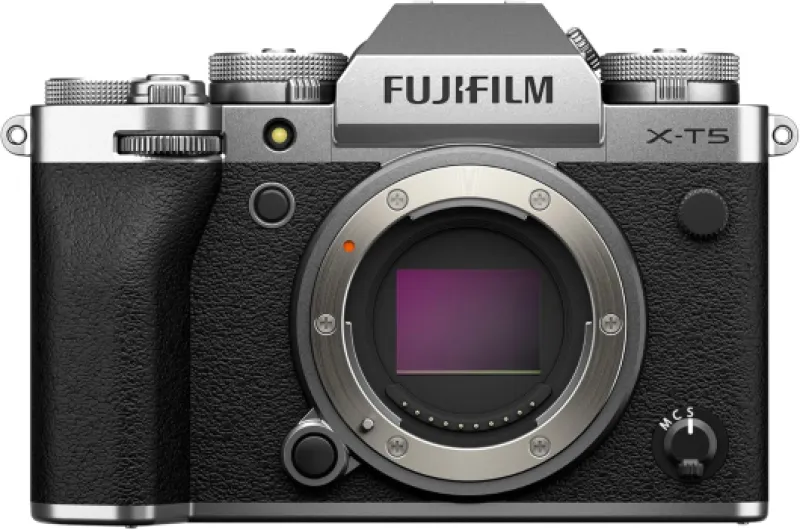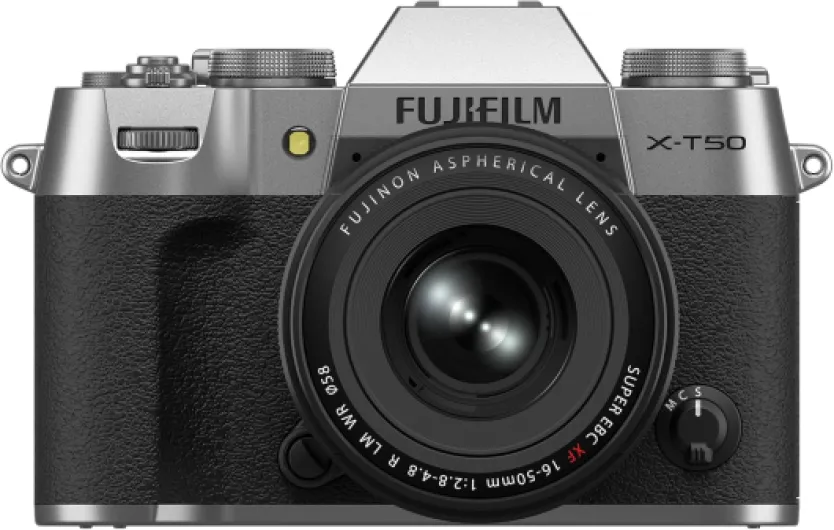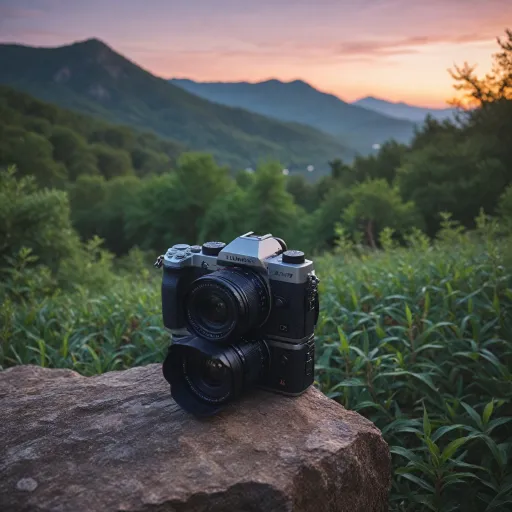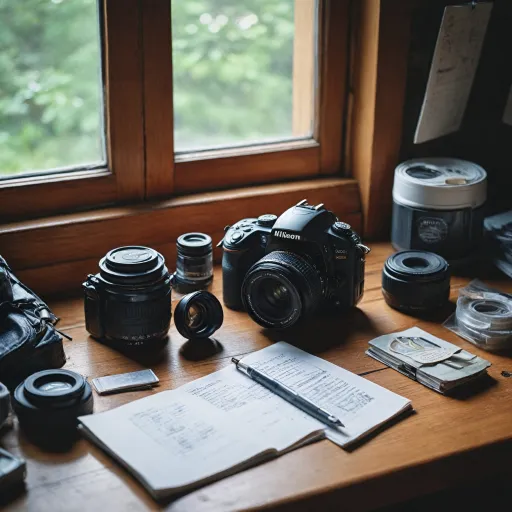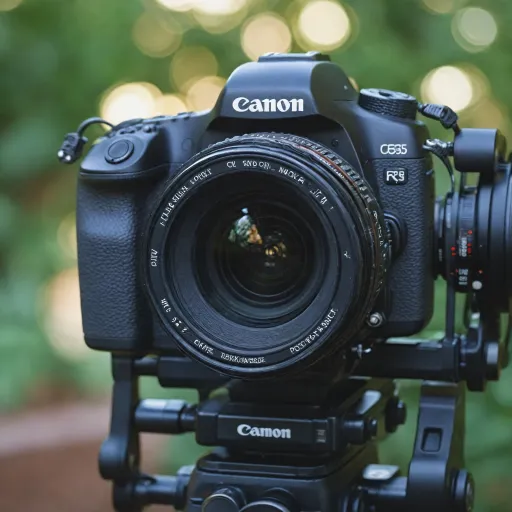
Understanding the hybrid viewfinder
The unique experience of seeing through a hybrid viewfinder
One of the defining features of the Fuji XPro 4 is its hybrid viewfinder. This technology sets the camera apart from many other pro models in the Fujifilm lineup and the wider camera market. The hybrid viewfinder combines both an optical and an electronic viewfinder, giving photographers the flexibility to switch between a traditional rangefinder-style experience and a modern digital display. This is especially valuable for street photography, where quick composition and awareness of the scene are crucial.
With the optical viewfinder, you get a clear, real-time view of your subject, free from any lag or digital artifacts. This is a big advantage for those who value the classic feel of analog cameras. On the other hand, the electronic viewfinder offers a digital overlay, showing exposure, focus peaking, and other information directly in your line of sight. This hybrid approach means you don’t have to choose between tradition and technology—you get the best of both worlds in one pro camera.
- The hybrid viewfinder is especially useful for photographers who work in fast-paced environments and need to adapt quickly.
- It’s a feature that appeals to both experienced users of Fujifilm pro cameras and those new to the system.
- Many people appreciate the ability to preview their shot with the electronic viewfinder, then switch to the optical mode for a more immersive experience.
Another aspect that stands out is the integration of the rear screen. While some pro fujifilm models have experimented with different screen designs, the XPro 4 keeps things straightforward, focusing on usability and durability. This makes it a solid choice for those who want a reliable tool for both photography and video.
For those looking to enhance their street photography setup, pairing the XPro 4 with a quality camera strap can make a big difference in comfort and accessibility. You can find tips on choosing the right accessory in this guide on enhancing your photography experience with a camera strap.
As we explore the sensor performance and image quality in the next section, it becomes clear how the hybrid viewfinder complements the advanced trans sensor technology, making the XPro 4 a compelling option in the pro series lineup.
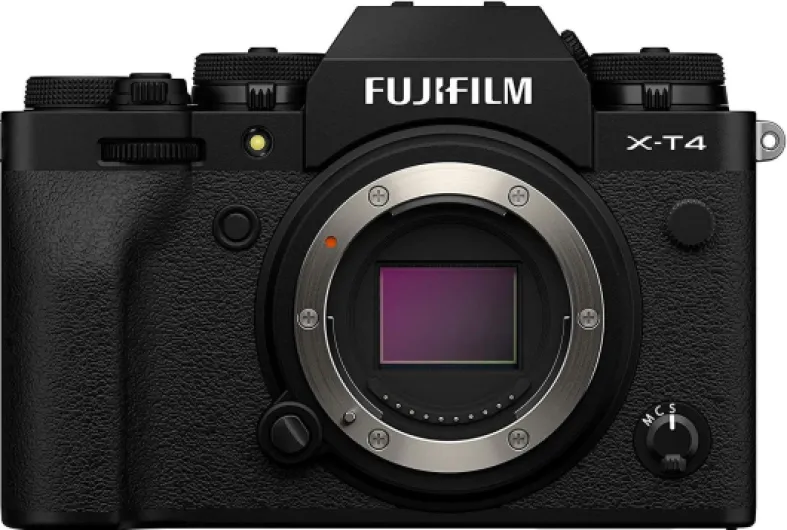
Image quality and sensor performance
Sensor Technology and Real-World Image Output
The Fuji XPro 4 stands out in the pro camera market thanks to its advanced sensor generation. Fujifilm has a reputation for equipping its cameras with X-Trans sensors, and this model continues that tradition. The sensor delivers high resolution and impressive dynamic range, which is especially valuable for street photography and documentary work. Many people appreciate the unique color science that Fujifilm brings to its pro series, resulting in images with pleasing tones straight out of the camera.
Compared to other cameras in the Fuji lineup, the XPro 4 offers a balance between resolution and low-light performance. The sensor is designed to minimize noise, even at higher ISO settings, making it a reliable choice for shooting in varied lighting conditions. This is a significant advantage for photographers who don’t want to spend a lot of time editing their images or who need consistent results on the go.
- Color reproduction: Fujifilm’s film simulations are a highlight, giving users access to classic looks without post-processing.
- Detail retention: The X-Trans sensor structure helps reduce moiré and false colors, even when shooting fine patterns or textures.
- Video capabilities: While the XPro 4 is primarily aimed at stills, it offers solid video features for those who need occasional footage, though it’s not a dedicated video camera.
For those interested in how Fujifilm’s sensor technology has evolved over time, this article on the Fujifilm Klasse provides a look at the brand’s approach to digital imaging and why many people remain loyal to Fuji cameras.
One thing to note is that, while rumors often circulate about new sensor breakthroughs, the XPro 4’s performance is grounded in proven technology. It’s not trying to compete with medium format GFX models, but rather to offer a refined experience for everyday pro and enthusiast photographers. If you’re seeking a camera that delivers reliable image quality and a unique photographic feel, the XPro 4 is a strong contender in the current pro fujifilm lineup.
Design philosophy and user experience
Classic Feel Meets Modern Functionality
The Fuji XPro 4 stands out in the pro camera market with its unique blend of classic rangefinder design and modern digital features. Fujifilm has a reputation for creating cameras that appeal to both enthusiasts and professionals, and this model continues that tradition. The tactile dials and robust build quality give it a premium feel, while the hybrid viewfinder system offers flexibility for different shooting styles. Many people appreciate how the camera encourages a slower, more thoughtful approach to photography, especially for street photography and documentary work.
Handling and Everyday Usability
One of the biggest draws of the XPro 4 is how it feels in hand. The controls are logically placed, making it easy to adjust settings without taking your eye off the viewfinder. The rear screen is designed for quick review and menu navigation, but it does not dominate the camera’s back, keeping distractions to a minimum. This approach appeals to those who want to focus on composition and timing rather than being overwhelmed by menus and touchscreens. The camera’s size strikes a balance between portability and usability, making it a solid choice for travel and street shooters.
Durability and Build Quality
Fujifilm’s pro series cameras are known for their durability, and the XPro 4 is no exception. The weather-sealed body protects against dust and moisture, which is essential for photographers who shoot in unpredictable conditions. The magnesium alloy chassis adds to the camera’s solid feel, and the overall construction inspires confidence for long-term use. If you’re looking for a camera that can handle daily use and occasional bumps, this model is worth considering.
Customization and System Expansion
The XPro 4 offers a lot of customization options, from programmable buttons to user-defined menus. This flexibility allows photographers to tailor the camera to their workflow, whether they prioritize quick access to ISO, white balance, or video settings. The camera is also compatible with a wide range of Fujifilm lenses, making it easy to expand your system as your needs grow. For those interested in maintaining or upgrading their gear, finding the right parts for your Nikon SF-210 or other accessories is crucial—check out this guide to sourcing camera parts for more information.
- Classic rangefinder-inspired design with modern controls
- Weather-sealed, durable body for pro use
- Customizable controls and menus
- Balanced size for portability and handling
Overall, the Fuji XPro 4’s design philosophy is about merging the best of analog and digital worlds. It’s a camera that appeals to those who value both the shooting experience and the final image quality, making it a strong contender in the pro fujifilm lineup.
Lens compatibility and system flexibility
Expanding Your Creative Options with X Mount Lenses
The Fuji XPro 4 stands out in the pro camera market thanks to its versatile X mount system. This mount gives photographers access to a wide range of Fujifilm lenses, from compact primes ideal for street photography to high-resolution zooms suited for detailed landscapes. The system’s flexibility is a big reason why a lot of people choose Fuji cameras for both professional and creative work. Whether you’re using the latest trans sensor or exploring older glass, the XPro 4’s compatibility ensures you can tailor your setup to your style.
Third-Party and Legacy Lens Support
Beyond Fujifilm’s own lineup, the XPro 4 also supports many third-party lenses. This opens up even more possibilities for photographers who want to experiment or who already own lenses from other systems. With adapters, you can use vintage lenses, which is a popular choice among enthusiasts who appreciate the unique rendering and manual focus experience. The hybrid viewfinder and high-resolution rear screen make manual focusing practical and enjoyable, even with legacy glass.
System Flexibility for Different Shooting Styles
- Street photography: Pair the XPro 4 with a compact prime lens for a discreet, fast setup that takes full advantage of the camera’s hybrid viewfinder.
- Portraits and events: Use fast aperture lenses to make the most of the sensor’s performance and achieve beautiful background blur.
- Video work: The XPro 4 supports lenses with smooth, silent autofocus motors, which is important for capturing clean audio and sharp footage.
- Adapted lenses: If you enjoy experimenting, the system’s adaptability means you can mount a lot of different optics, from vintage to modern, expanding your creative toolkit.
Fujifilm’s commitment to the X mount ecosystem means new lenses are regularly announced, keeping the system fresh and relevant. While some rumors suggest even more pro models are on the horizon, the current lens lineup already covers most needs. If you’re invested in the Fuji pro series, the XPro 4’s lens compatibility and system flexibility make it a strong choice for both dedicated professionals and passionate enthusiasts.
Autofocus and shooting speed in real-world use
Real-World Performance: Speed and Precision
When it comes to autofocus and shooting speed, the Fuji XPro 4 stands out among pro cameras for its balance between reliability and responsiveness. Many people expect a pro Fujifilm camera to deliver quick, accurate focus, especially for street photography or fast-moving scenes. The hybrid viewfinder, a signature feature of the XPro series, works seamlessly with the autofocus system, allowing photographers to switch between optical and electronic views without missing a moment.
- Autofocus System: The latest trans sensor generation in the XPro 4 brings improved subject tracking and face detection. This is especially useful for candid photography, where timing is everything. While some rumors suggested even faster performance, real-world use shows the camera is more than capable for most photography needs.
- Shooting Speed: The camera offers a respectable burst rate, making it suitable for capturing sequences in street or documentary photography. Although it may not match the speed of some dedicated sports cameras, it provides enough flexibility for a lot of people who value image quality and user experience over sheer speed.
- Low-Light Focusing: Thanks to the sensor and updated algorithms, the XPro 4 performs well in challenging lighting. This is a significant improvement over previous Fuji cameras, and it means you can trust the autofocus even when the light drops.
For those who prioritize video, the XPro 4 includes enhancements, but it remains a camera designed with still photography in mind. The rear screen and hybrid viewfinder work together to provide a clear, responsive interface for composing and reviewing shots. While some may highly doubt it replaces a dedicated video camera, it offers enough for casual video needs.
In summary, the Fuji XPro 4 delivers a pro-level autofocus and shooting experience that matches the expectations of the pro model line. Its real-world performance makes it a strong choice for photographers who value a blend of speed, accuracy, and the unique hybrid viewfinder experience.
Who should consider the Fuji XPro 4
Who Will Benefit Most from the Fuji XPro 4?
The Fuji XPro 4 is not a camera for everyone, but it’s a standout choice for a specific group of photographers. If you value a hybrid viewfinder that lets you switch between optical and electronic modes, this model offers a unique shooting experience. The hybrid system appeals to those who want the classic feel of a rangefinder with the flexibility of modern digital technology.
- Street photographers will appreciate the camera’s discreet design, fast autofocus, and the ability to compose without drawing attention. The rear screen design and tactile controls make it easy to adjust settings on the fly, which is crucial for capturing fleeting moments.
- Travel and documentary shooters benefit from the compact size and robust build. The camera’s sensor generation delivers excellent image quality, even in challenging lighting. The trans sensor technology ensures vibrant colors and impressive dynamic range, which is essential for storytelling through photography.
- Enthusiasts and pros looking for a pro fujifilm camera that balances performance and creativity will find the XPro 4 a compelling option. The lens compatibility with the X-mount system means there’s a lot of flexibility, whether you’re using classic primes or modern zooms. Many people in the pro series community praise the system for its reliability and adaptability.
However, if you’re primarily focused on video, you might find the XPro 4’s features less comprehensive than some other fuji cameras or the larger gfx models. The camera is designed with still photography in mind, and while it does offer video capabilities, it’s not the main focus. For those who want a fully articulating rear screen or the highest resolution sensor, other options in the fujifilm camera lineup might be more suitable.
In summary, the Fuji XPro 4 is ideal for photographers who value the shooting experience as much as the final image. It’s a pro model that stands out for its hybrid viewfinder, robust design philosophy, and system flexibility. If you’re looking for a camera that encourages you to slow down, compose thoughtfully, and enjoy the process, this could be the right choice. For people who want the latest in trans sensor technology and a camera that feels like an extension of their vision, the XPro 4 is worth serious consideration.

